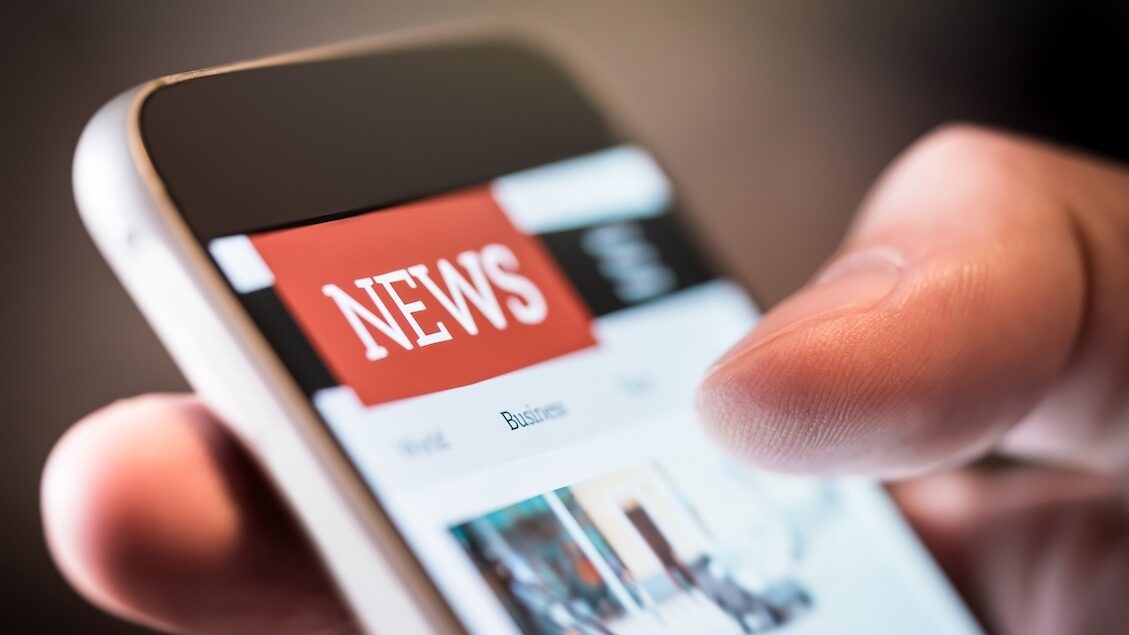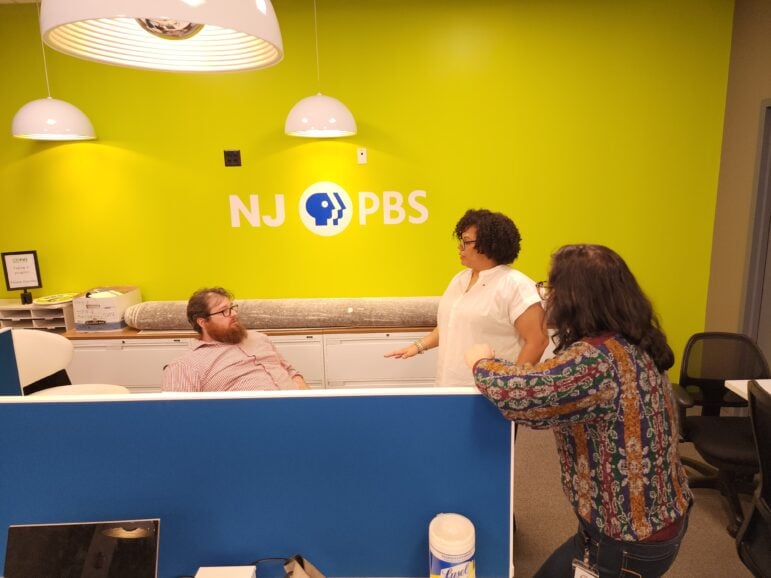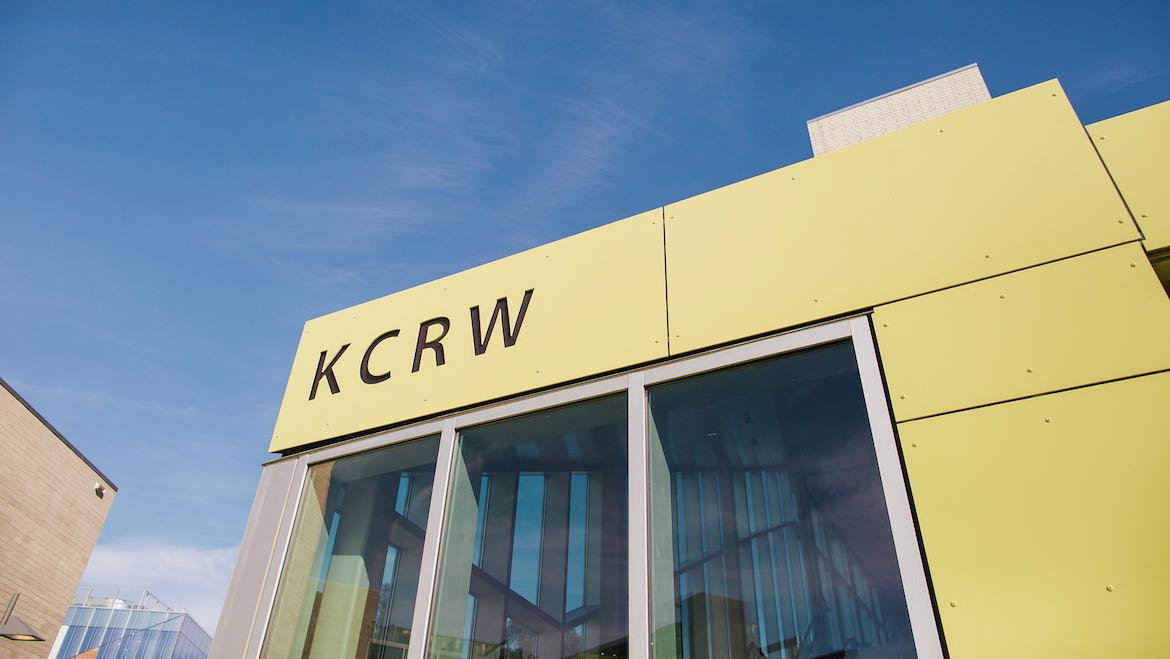Upside to digital acquisitions: reaching audiences where they are

Tero Vesalainen / iStock
NJ PBS GM Joe Lee sees the hybrid news operations of NJ Spotlight News as a way to reach audiences who aren’t watching traditional broadcast programs.
The newsroom, which produces a weeknightly half-hour TV show and a website devoted to New Jersey, also reaches people consuming news elsewhere, including on social media or YouTube.
“If you’re not playing in those spaces, I think you run the risk of falling behind,” Lee said.
The WNET Group, which operates NJ PBS, is one of several public media organizations that acquired digital news sites in the back half of the 2010s. Others include KPCC with LAist, New York Public Radio with Gothamist, Colorado Public Radio with Denverite, and Philadelphia’s WHYY with Billy Penn.
Executives at two of the stations, LAist and NJ PBS, described how the digital news sites have helped jumpstart their digital footprints.
But having a digital news site doesn’t make a station immune from the financial pressures and layoffs that have cut across public media since 2023. LAist went through buyouts and eliminated positions in July and New York Public Radio has announced its second round of job cuts in a year. WNET has also cut jobs, although Lee said the effect on NJ Spotlight News was “minimal” while declining to share specifics.
One of the acquired sites, DCist, was shuttered by WAMU in Washington earlier this year.
“In a broadcast, analog world, 20 years ago it was enough to be a repeater of NPR content and to have a couple of local radio shows, but in a digital world, that’s not going to cut it,” said Kristen Muller, LAist’s chief content officer. “We’re not going to find new audiences like that. … If we didn’t have a separate digital audience right now from the radio, I would be very, deeply concerned about our relevancy to this city.”
In its earlier life as a privately owned digital news site, LAist brought in nearly 800,000 monthly visitors.
KPCC acquired LAist in 2018 and adopted its brand identity as its own in 2023.
Muller told Current the site now has 1.2 million monthly active users and averages about 1.8 million to 2 million page views a month.
‘Ignite our digital presence’
In 2019, WNET acquired NJ Spotlight from the Community Foundation of New Jersey, allowing the weeknightly NJTV News and NJ Spotlight to unify under one multiplatform brand, NJ Spotlight News.
The underlying strategy was to combine the talents of both units to create “one of the larger newsrooms in New Jersey, and using Spotlight really to ignite our digital presence,” Lee said.

Producers on the broadcast team write for the digital site and digital reporters appear on air, Lee said.
Stories from the weekday broadcast show are distributed on NJ Spotlight News’ website and on its YouTube channel, which has 55,500 subscribers. The goal is to get content on as many platforms as possible, Lee said.
“Why limit it to broadcast only?” Lee said. “We know our audience is going to be spread over multiple platforms … [and] going to consume news in different and varied ways. We’re trying to be extremely efficient with the time and resources that we’ve put into creating a story and making sure that it is accessible on all those platforms.”
In California, KPCC’s 2018 acquisition of LAist did not involve integrating new staff, Muller said. The news site, one of the -ist family of news sites previously owned by Joe Ricketts, was acquired as part of a group buy facilitated by New York Public Radio. The deal, which was primarily financed by anonymous donors, included Gothamist for WNYC and DCist for WAMU. Each station made its own decisions about how to manage and integrate the sites.
For KPCC, “the challenge became, how do we start producing content that’s more digitally native and that will retain the audience that the LAist.com site had,” Muller said.
The newsroom had to learn new internal workflows and staff had to become fluent both with broadcast and digital, Muller explained.
“There was, I think, initially a wave of staff who felt like they had come to do radio. They were there for audio storytelling and felt like that was no longer the only priority,” Muller said.
“We did have a lot of turnover in 2018, 2019, but it was an opportunity to bring on people who had skills,” she added.
Turnover is an essential part of the process of merging a public media station with a digital newsroom, according to a 2021 report from the Harvard Kennedy School Shorenstein Center on Media, Politics and Public Policy, the “Public Media Mergers Playbook.”
A change in staff can help build the organization’s new culture, the report found.
At LAist, platform-agnostic journalism begins with the hiring process. When recruiting, LAist looks for reporters who can find a good story and explain why it’s important to Los Angeles residents, Muller said.
“That’s harder than … figuring out how to format a digital story or how to write for broadcast,” Muller said.
Slow start for monetization
A wave of layoffs that rolled across public media this year has caught stations with digital news sites in its undertow.
In July, LAist accepted 21 staff buyouts and eliminated seven additional positions. When the buyouts were offered in May, Muller said the organization faced a budget shortfall over the next two years in the range of $4 million to $5 million.
One of the causes was “slower-than-anticipated digital monetization,” along with overall cost increases that didn’t keep pace with revenue, a spokesperson told Current in July.
To speed up that digital monetization, LAist is experimenting with digital memberships, Muller said.
For example, the site has tested an “instant pay” option for mobile readers to donate with the “click of a button,” Muller said. Mobile users make up 75% of LAist’s audience.
The feature outperformed traditional donation methods by 26%, with 60% of those who used it being new donors, she added.
LAist plans to add the “instant pay” feature to newsletters and the mobile app by the end of the year, Muller added.
While sponsorship has been challenging for public media stations across the board, efforts to build ad sales for digital platforms have required a reset.
“That has been very, very tough,” Muller said. “We are all still as an organization moving off of these strategies and tactics that work on broadcast platforms, but will not work on digital. So, it’s a lot of learning.”
NJ Spotlight News recently hired an integrated media sales person to look at all of its saleable assets.
“We’re taking a different approach, instead of having it be a siloed approach – here’s what we’re doing on underwriting for broadcast, here’s what we’re doing for sponsorships on digital,” Lee said before the position was filled. “We’re looking for a professional that understands both and can leverage both so that we can get an increase in that part of the revenue pie.”
As the digital side of an organization grows, sales staff need to adjust, said Rick Edmonds, media business analyst at the Poynter Institute.
“That’s not the same people,” Edmonds said. “It’s not the same skillset.”
The same idea could also apply to journalists in the newsroom, he added.
“People who are good at one thing are not necessarily good at the other,” Edmonds said.
‘We bought a habit’
In a Wyncote Foundation report released in July, station leaders who have embraced covering local news said the choice requires deep change. (Wyncote is a funder of Current.)
One of its authors, Wyncote’s Senior Advisor for Journalism Feather Houstoun, told Current if a station wants to really make a difference in its digital news presence, acquiring a site is a good way to jumpstart that effort.
“Changing the habits of an organization without some external skill import is harder,” Houstoun said.
Edmonds, with Poynter, compared the strategic move to a large bank acquiring a smaller one.
“It’s so much easier to get a running start with something that’s already there,” he said. “Somebody else has taken the time, expense, sweat equity to get it started. You don’t have to create that staff or deploy your own staff to the startup phase.”
Muller said it would have taken KPCC at least a couple of years to build the social media following LAist had when it was acquired.
“Instead of trying to create a habit … we bought a habit,” Muller said. “People had a habit of reading the news on this website. They weren’t there to listen, they weren’t there to press play, they were there to read the local news.”
Correction: An earlier version of this story incorrectly reported that NJ PBS acquired NJ Spotlight. WNET in New York City, which operates NJ PBS, acquired the news site.






